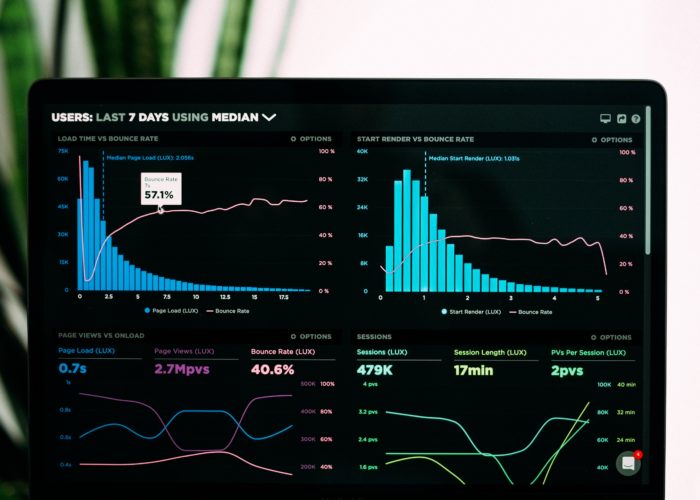
The Power Of UI
User Interface (UI), not to be confused with User Experience (UX), though both are vital to website usability, is one…
This year has been a big year for Google. First the broadcast of its Speed Update (due to appear in July 2018) and now the shock announcement that Google Chrome will mark all sites that have not moved to HTTPS as ‘not secure’. But don’t panic, this article will show you what you need to do and how we can help!
What has happened?
In 2015, Google’s search engine started siding with sites that use encrypted HTTPS connections which meant that they would appear higher on the page when searched for. In other words…the sites that had their content secure had a boost over sites that used insecure HTTP. Leading on from this, it looks like Google have decided to expand upon this and mark all non-HTTPS websites as insecure in Chrome. And it’s due to happen soon…this month in fact (july 2018)!
Chrome 68 will be the kick-off of the process, due to hit the stable distribution channel this month too. Visiting a website using an HTTP connection will display the message “Not secure”. This will be shown in the browser’s omnibox (the top input field on a webpage that is used to search for a URL or search queries). “Chrome’s new interface will help users understand that all HTTP sites are not secure, and continue to move the web toward a secure HTTPS web by default” states Google. Due to Chromes popularity, it is bound to be noticed by a large amount of users and by websites that notice their views decreasing due to security concerns.
Who will be affected?
It is clear that many websites across Google Chrome will be affected…however a lot of websites are already safe! According to Google, over 68% of Chrome traffic on Windows and Android occurs over HTTPS, 81 out of 100 of the top websites use HTTPS automatically, and over 78% of Chrome traffic on Chrome OS and macOS and iOS travels securely.
What can you do to make your website HTTPS safe?
Here at Hex Creatives, we offer an installation service to ensure your website is protected via HTTPS. This includes installing the certificate and testing to make sure your website obeys by the guidelines set on Google Chrome.

User Interface (UI), not to be confused with User Experience (UX), though both are vital to website usability, is one…

When it comes to design, specifically web design, it can be difficult to decide what success looks like. The best…

The internet is a crowded market place and half the battle is ensuring your target customers can find your eCommerce…